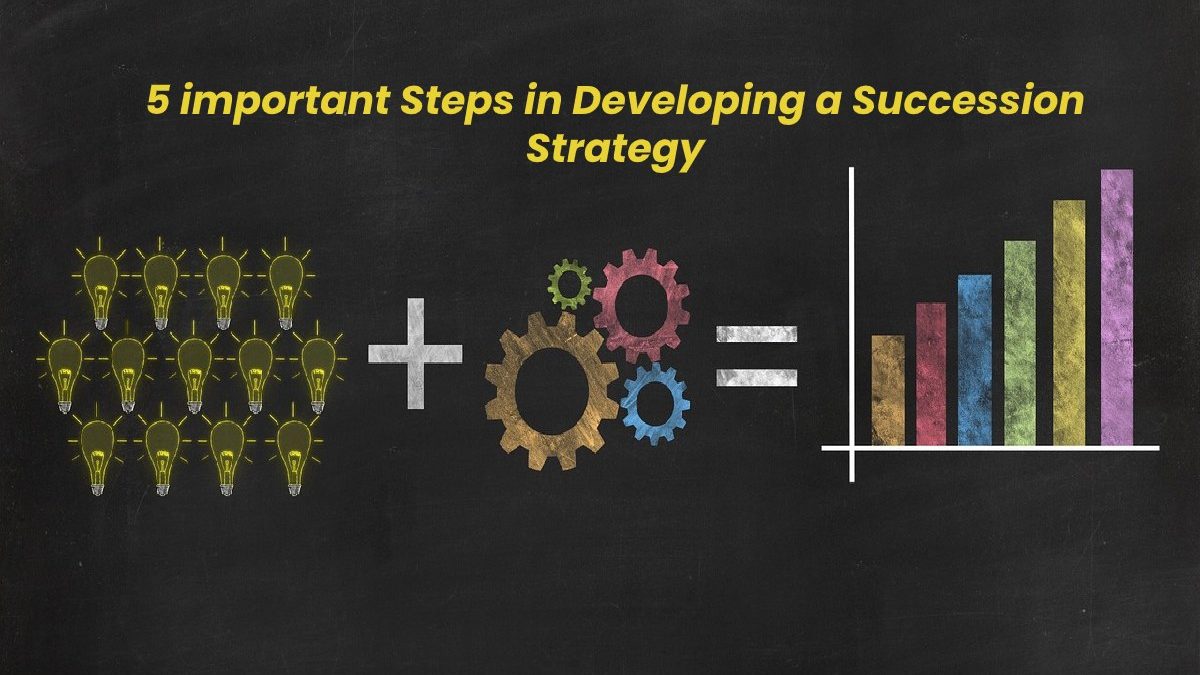Succession Strategy: Whether IT specialist, partner manager, digital marketing professional, or VP Sales – no employee will stay in one role forever. Even if employees leave within the framework of a notice period of several months, it is often a challenge for HR teams or HR managers to fill their role and fill the gap.
Recruiting and training costs can quickly run to six to nine monthly salaries. Besides, positions often remain unfilled for months. Human capital management specialist SumTotal explains the advantages of a well-structured succession strategy and which points companies should consider.
An important key to success in today’s business world is the ability to adapt in times of change. Regardless of whether a VP is retiring, a key sales representative is missing, or a specialist in digital processes is missing. Organizations inevitably have vacant positions again and again due to the rapidly developing business requirements. By developing a succession strategy, companies determine where the gaps are or could arise and whether they can be filled internally through targeted funding.
Below we present you five essential steps in developing a succession strategy

Table of Contents
1. Analysis
The first step in developing the overall strategy is to identify all critical roles for maintaining business operations. To do this, the impact of each role on the company must also be determined.
For, e.g., “What influence does position X have in the day-to-day business of our organization?”
“If the person who holds this position left the company, what effects would that have on the company?”
2. Identify Candidates
The second step is to identify interested parties who – with the right development – could fill a critical role if it becomes available. Executives across the company can name their top performers and create profiles for each individual’s skills and experience.
Not every critical role has to have a successor who previously worked in the departing employee’s team. As the hierarchical corporate structures continue to flatten, more and more individuals are making lateral movements when it comes to changing roles.
3. Observe Career Goals
In addition to recording the candidates’ skills and qualifications, it is also essential to consider each prospect’s career goals. Even if a person has the necessary skills and experience to fill their previous manager’s role, that does not necessarily mean that they aspire to this role.
If necessary, she has already developed interests that steer her career goals in a completely different direction. But even in this area of interest, there could already be essential roles outside of her current position for which she might be well suited. If you do not take this into account, you run the employee’s risk of moving to another company to implement this change of direction.
4. Open Dialogue
When talking to candidates, it is vital to communicate the options transparently and openly. Most of the time, you cannot guarantee to interested parties when a specific role will be available. However, candidates are offered the organization to help them discover which skills, competencies, and abilities they should develop to grow into certain roles when these become available.
Organizations should communicate with all employees that they are continually looking for talent, especially within the company. It is essential to convey that the company is actively involved in succession planning. And, not just to ensure business continuity, but to invest in professional growth and career opportunities for its own employees. This investment helps to foster engagement and retain capable employees.
5. Targeted Development of Qualifications
Based on the profiles of candidates, qualification gaps can be identified for the desired position. In this way, learning initiatives and content can be tailored to its development plans and the respective candidates. This offers motivated employees the opportunity to improve their skills and acquire new qualifications.
At the same time, the company receives an overview of which learning opportunities should become the standard in succession planning. For example, if communication is a frequent gap in the skills of prospective customers who want to grow into a leadership role, training on this topic can be made a regular offer.

